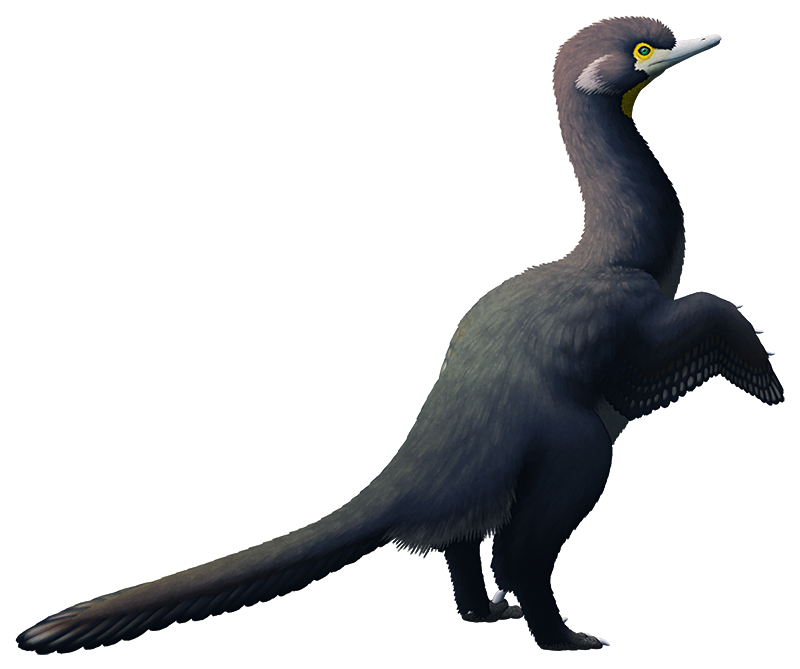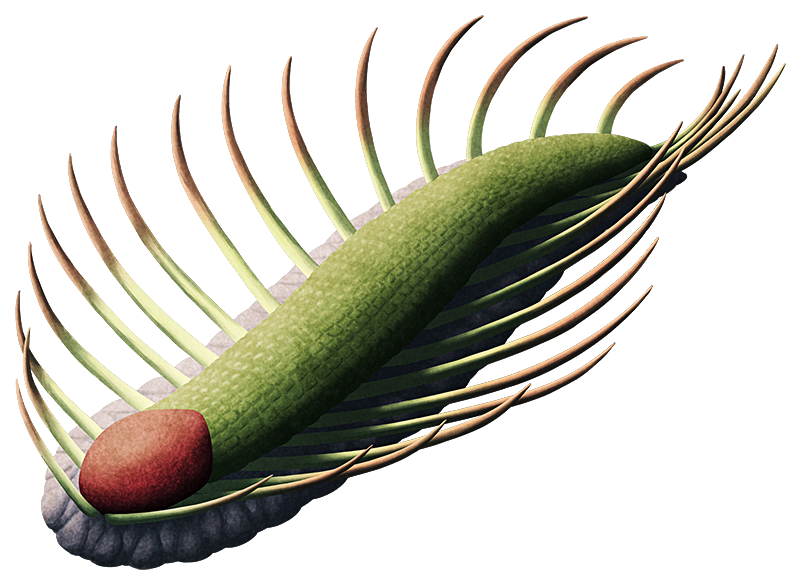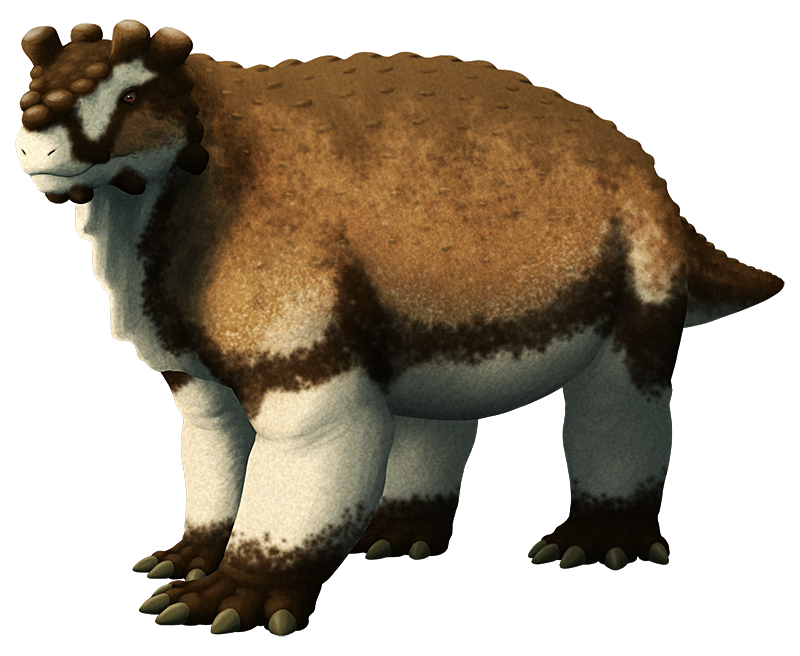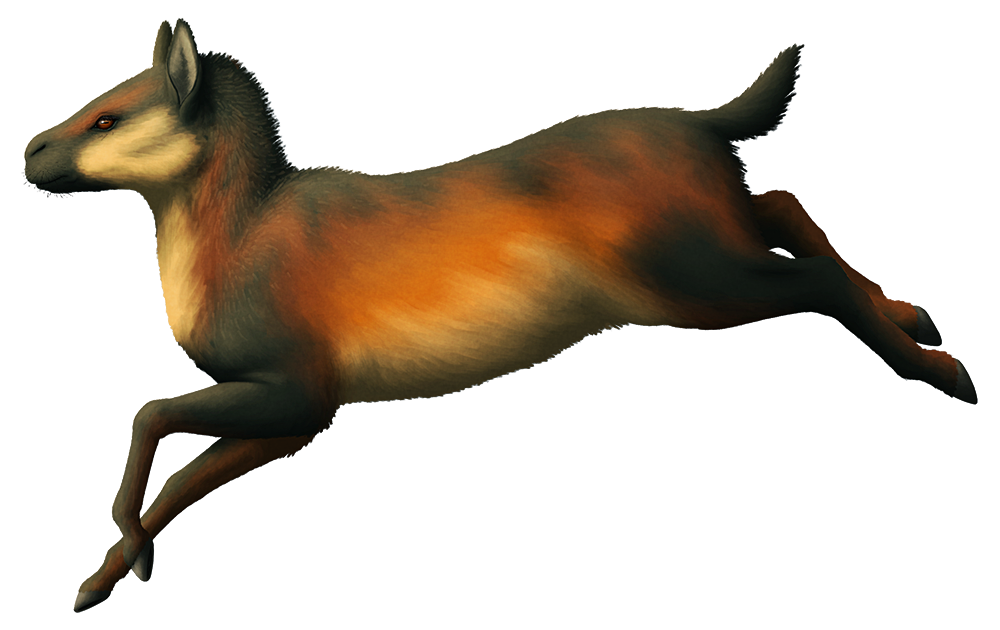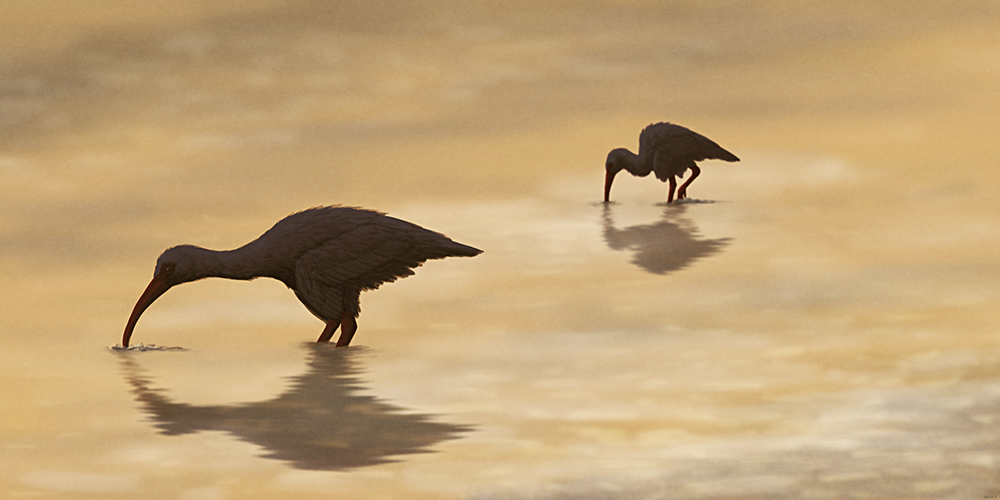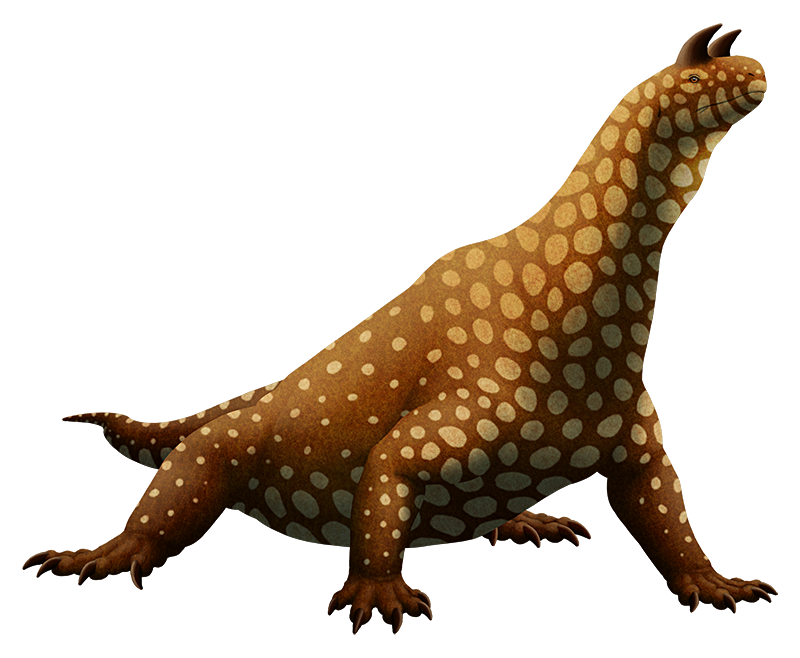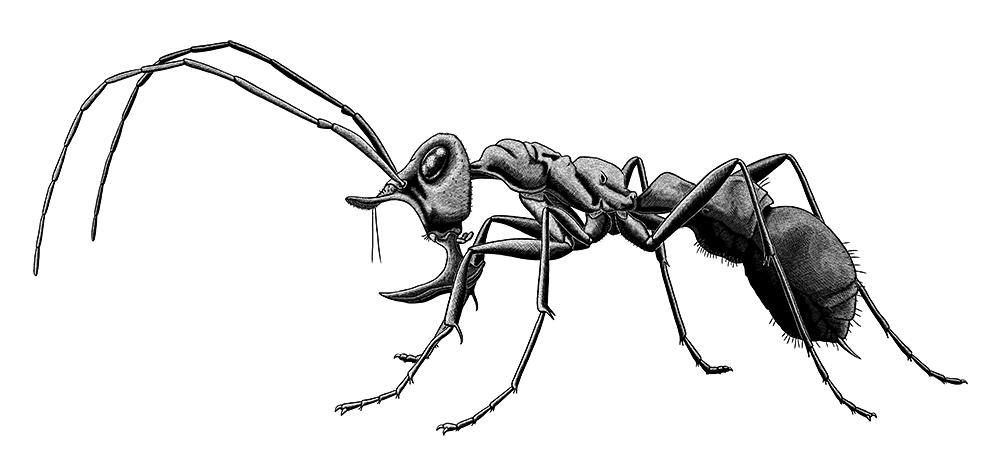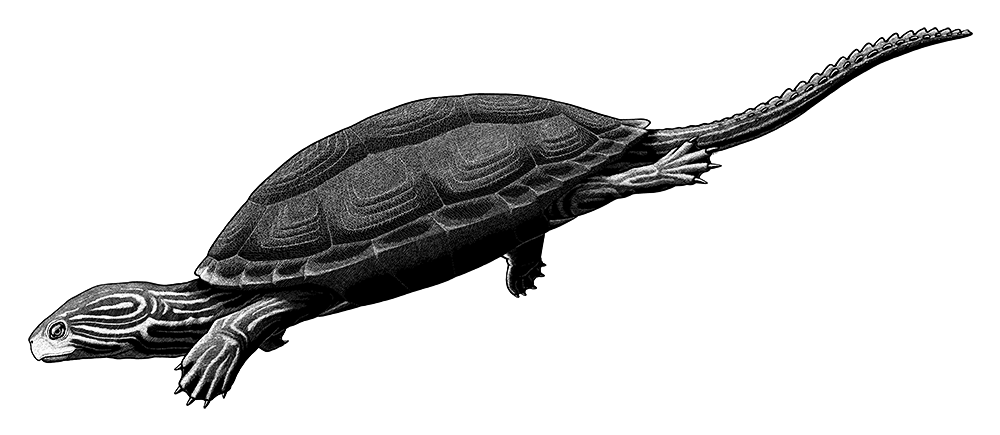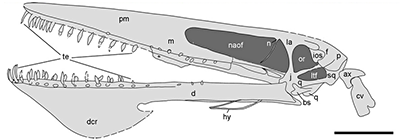Pisanosaurus mertii from the Late Triassic of Argentina (~228-216 mya).
Known only from a partial skull and a few pieces of its skeleton, this 1m long animal (3′3″) is usually considered to the be the earliest known member of the ornithischian dinosaurs – but some recent studies have thrown that into question, suggesting that it might not even be a dinosaur at all.
Instead it may have been a member of the silesaurids, Triassic dinosauriforms that were close cousins to the dinosaurs but not quite true members of the group. Small and lightly-built, silesaurids had long front limbs and may have been at least partially quadrupedal, and some showed evidence of herbivory with beaks at the tips of their snouts.
Of course, if the “oldest ornithischian” is actually a silesaurid, we’re left with no fossil record at all for ornithischians until the start of the Jurassic. And that brings back up the controversial question of where they actually originated…


